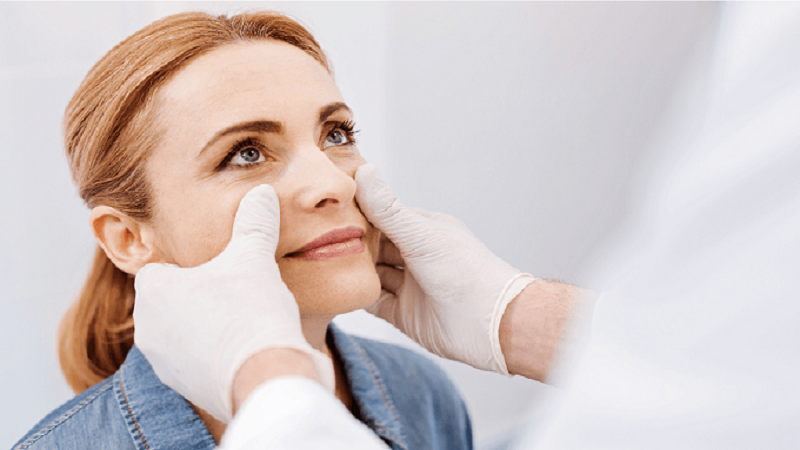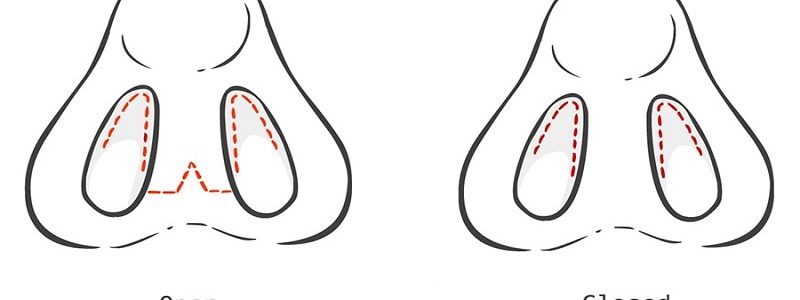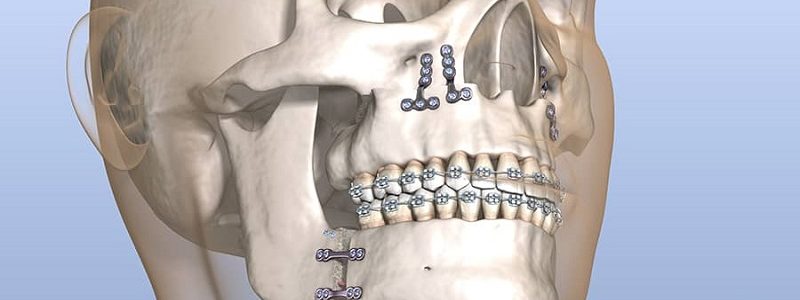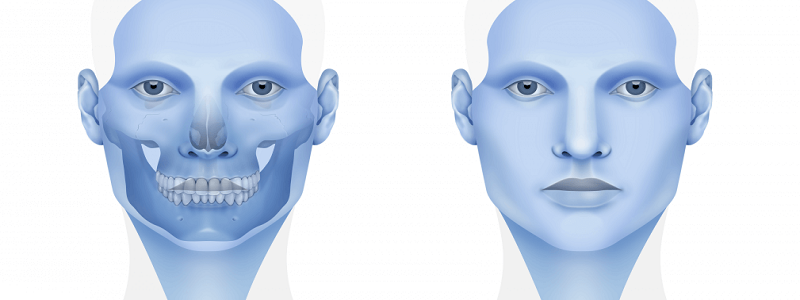wound infection
Wound infection is a potentially serious complication after rhinoplasty (ž▒█ī┘å┘ł┘Š┘䞦ž│ž¬█ī) And the jaw. It occurs when bacteria enter a surgical wound and cause an infection. In this article from the site of Dr. Behnam Khorrami (Isfahan nose surgeon _ Jaw surgeon of Isfahan)We will examine the details of the potential complications of nose and jaw surgery.
Wound infection can be caused by the following factors:
- Poor surgical technique
- Improper wound care
- Weak immune system
- The presence of underlying infections
- Inadequate use of prophylactic antibiotics
Symptoms of a wound infection may include::
- Redness, swelling and pain around the wound
- Yellow or green discharge from the wound
- Fever
- Shiver
- Nausea and vomiting
diagnosis
Diagnosis of wound infection is based on medical history, physical examination and laboratory tests. Laboratory tests may include a wound culture and a complete blood count.
The treatment of
Treatment of wound infection depends on the severity of the infection. Treatments may include::
- antibiotics: Antibiotics are prescribed to treat a bacterial infection.
- Wound drainage: In some cases, it may be necessary to drain the wound to remove pus and dead tissue.
- debridement: Debridement is a surgical procedure in which dead or infected tissue is removed from a wound.
- Re-surgery: In severe cases, re-surgery may be required to remove the infected tissue and repair the wound.
prevention
Several measures can help reduce the risk of wound infection after nose and jaw surgery, including::
- Choosing an experienced and qualified surgeon
- Follow the instructions of the surgeon after the operation
- Proper wound care, including keeping it clean and changing dressings as directed
- Use of preventive antibiotics as prescribed by the doctor
- Quit smoking before and after surgery
- Management of any preoperative underlying infection
Conclusion
Wound infection is a potentially serious complication after nose and jaw surgery. However, with proper diagnosis and treatment, most patients recover completely. Choosing a qualified surgeon, following post-operative instructions and taking preventative measures can help reduce the risk of wound infection..
Useful links:
Isfahan nose surgeon _ Jaw surgeon of Isfahan
Dr. Behnam Khorrami's page in the clinic 24 | Maxillofacial surgeon in Isfahan clinic 24 | Nose surgeon in Isfahan clinic 24
Dr. Behnam Khorrami, nose surgeon in Isfahan at Dr. Af | Maxillofacial surgeon in Isfahan at Dr. Af | Isfahan nose surgeon at Dr. Af


















